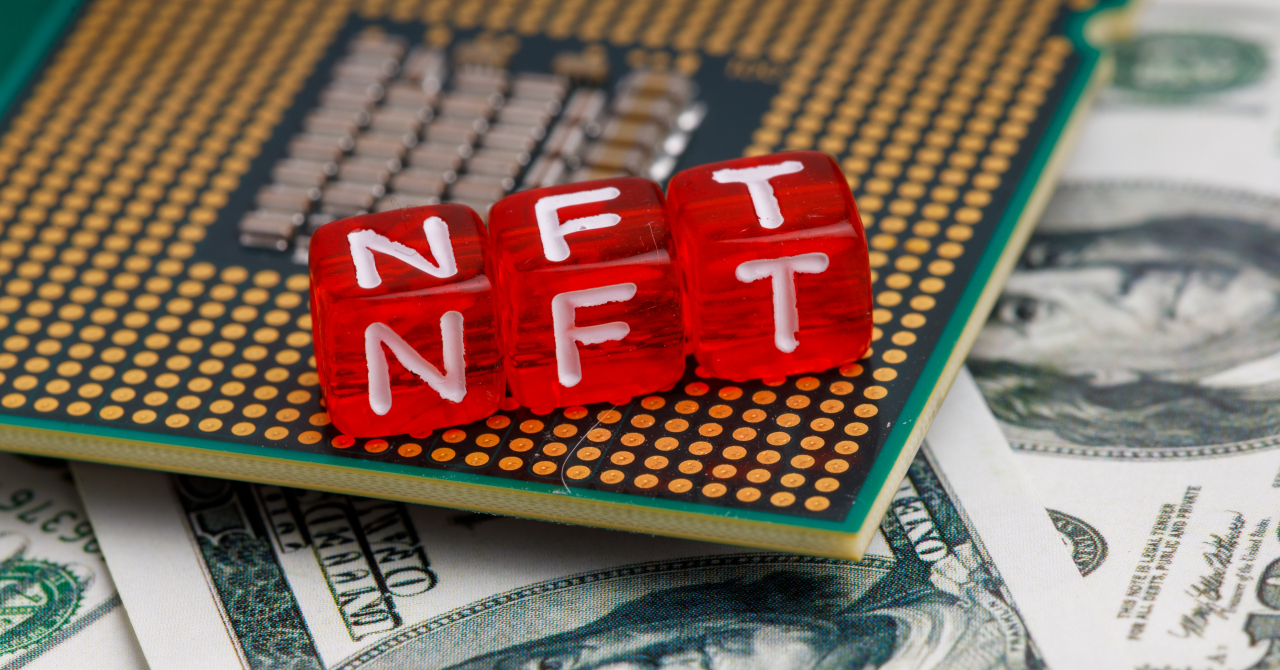According to The Recursive, one of the most valuable NFTs done by an artist known as Beeple sold for $69 million.
NFTs are, in fact, digital assets with unique codes and people can purchase them using cryptocurrency through the blockchain.
The non-fungible character of the NFTs means that they can't be duplicated or interchanged and can be, among other things, drawings, songs and clips.
Digital art has been around pretty much since the internet has, but selling art meant selling multiple copies at a lower cost to gain profit.
The token allows to authenticate a form of digital art, which can then be purchased from the author for a certain amount of cryptocurrency through the blockchain and then the buyer has management rights of that specific NFT, while giving royalties to the author.
Furthermore, the decentralisez system of the blockchain allows for an easier sale process by the creators, without them being overshadowed based on status, gender or race.
The environmental impact is, however, pretty big, because in order to verify the authenticity of an NFT and to keep a transaction record a lot of processing power is needed, which in return means a high amound of electricity being used.
Estimates show that the Bitcoin model, for example, used about 131 terawatts-hour of energy per year, which is the equivalent of a small country. Also, for a single Etherum transaction more energy is used than to power an average american household for eight days.
Neither artists, nor collectors are to blame here, but the rapid demand for NFTs means an important electricity consumption impact, which in return means a higher amount of emissions in the electricity industry.
Read more about this on The Recursive.
 Mihai - Cristian Ioniță
Mihai - Cristian Ioniță












Any thoughts?